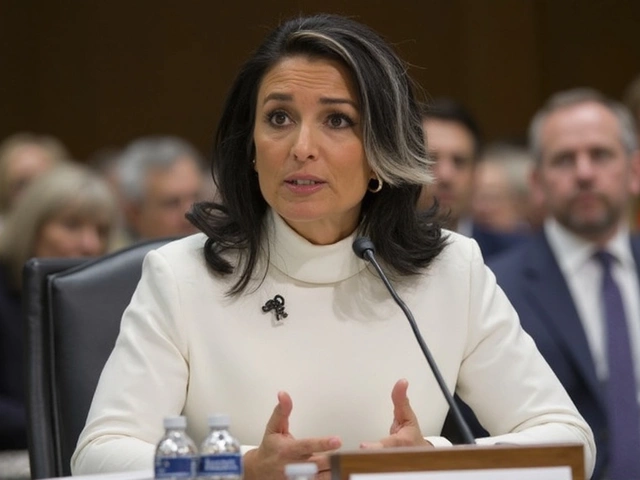Assistant Professors: Your Quick Guide to the Role and Success
If you’ve ever wondered what an assistant professor actually does, you’re not alone. Most people think it’s just about lecturing, but the job mixes teaching, research, and service in ways that can feel overwhelming at first. This guide breaks down the basics, gives you real‑world tips, and helps you navigate the first few years without losing your sanity.
Key Responsibilities of an Assistant Professor
Teaching is the most visible part of the job. You’ll design syllabi, deliver lectures, grade assignments, and hold office hours. The goal isn’t just to cover material; it’s to spark curiosity and help students apply concepts. Many departments expect you to teach a certain number of credit hours each semester, so plan your schedule early.
Research is the other pillar. Universities want you to publish papers, present at conferences, and secure grant funding. This doesn’t mean you have to become a celebrity scholar overnight, but you should set realistic milestones—maybe one conference submission and one journal article in the first year.
Service duties round out the triad. You’ll sit on committees, mentor students, and possibly help with community outreach. While service can feel like a time‑eater, it’s also a chance to build networks, understand department politics, and make a positive impact beyond the classroom.
How to Land and Thrive in the Role
Landing an assistant professor position starts with a strong application. Tailor your cover letter to each institution, highlighting how your teaching philosophy aligns with their goals. Include a concise research statement that outlines short‑term projects and long‑term vision. Don’t forget to showcase any teaching awards or innovative methods you’ve tried.
Interviews often blend academic questions with personality checks. Be ready to give a 20‑minute teaching demo and a short research talk. Practice answering common questions like, “How do you handle a struggling student?” or “What’s your plan for grant funding?” The more you rehearse, the calmer you’ll feel.
Once you’re hired, the first year is all about finding balance. Schedule weekly blocks for grading, research, and committee work. Use a simple tool like a spreadsheet or a free project manager to track deadlines. Remember, saying “no” to non‑essential tasks protects your core responsibilities.
Building a research profile can start small. Collaborate with a senior colleague on a paper, or join a research group that matches your interests. Even a modest co‑authored article adds credibility and shows you can work in a team.
Work‑life balance matters more than you think. Set boundaries—turn off email after a certain hour, and take at least one day off each week. Simple habits like a short walk or a hobby can recharge your mind and improve productivity.
Finally, keep learning. Attend teaching workshops, read up on the latest pedagogical tools, and stay current in your field’s literature. Many universities offer free resources; take advantage of them. The more you invest in your own growth, the more value you bring to students and the department.
Being an assistant professor is a marathon, not a sprint. With clear priorities, realistic goals, and a willingness to ask for help, you can turn the challenges into stepping stones toward tenure and a rewarding academic career.
Maharashtra Government Recruitment: 3511 Livestock Development Officers and Assistant Professors Sought, Salary Over ₹15 Lakh
Maharashtra Public Service Commission is hiring 3511 Livestock Development Officers and Assistant Professors. Applications are open from 29 April to 19 May 2025 for those under 40 and holding relevant degrees. The roles offer over ₹15 lakh in annual salary and target vital veterinary and academic gaps across the state.





